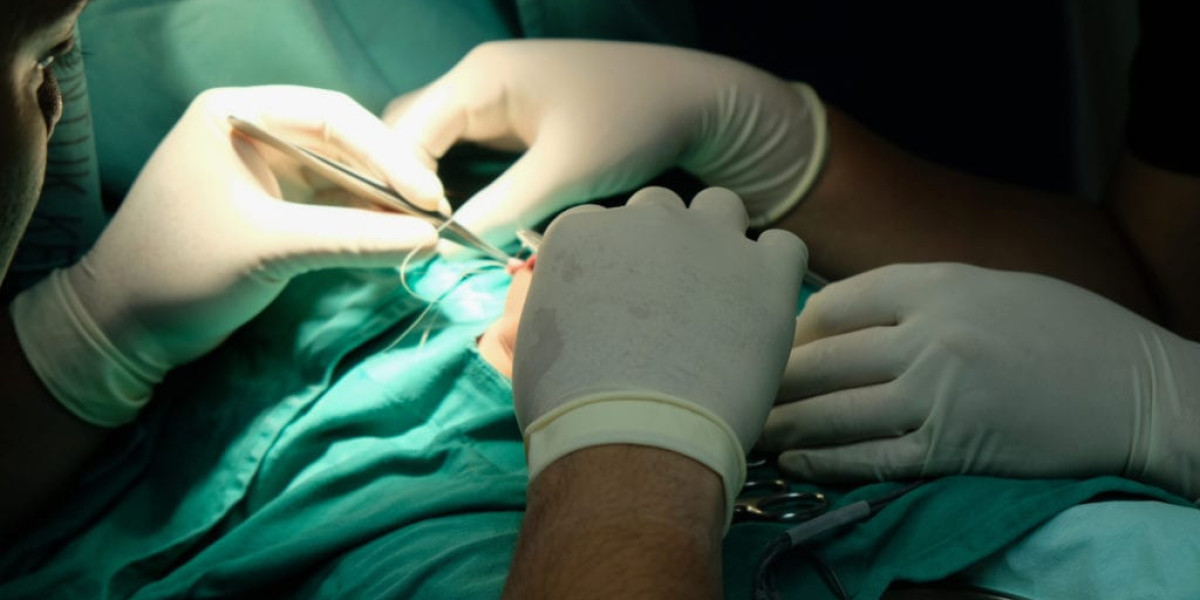Warts are small, benign skin growths caused by the human papillomavirus (HPV). Although warts are harmless, they can be unsightly, uncomfortable, or even painful, especially when located on hands, feet, or other high-friction areas. Many individuals seek professional treatment, including minor skin surgery for warts, to remove these lesions effectively and prevent recurrence.
This article explores the various surgical and non-surgical options, procedure details, expected outcomes, and the factors influencing the cost of wart removal.
Understanding Warts
Warts are caused by specific strains of HPV and appear as rough, raised bumps on the skin. They can occur anywhere, including the face, hands, fingers, feet (plantar warts), and genital area (genital warts). Warts are contagious and can spread through direct contact with an infected person or surface.
Although warts are generally harmless, people choose removal for several reasons:
Cosmetic concerns – Visible warts may affect confidence.
Pain and discomfort – Especially plantar or finger warts.
Interference with daily life – Warts can catch on clothing, shoes, or tools.
Preventing spread – Reduces the chance of transmitting the virus.
For persistent or large warts, minor skin surgery for warts is often the most effective solution.
Types of Minor Skin Surgery for Warts
Several surgical and minimally invasive procedures are used to remove warts safely and efficiently. The choice of method depends on the wart’s size, location, and severity.
1. Cryotherapy (Freezing)
Cryotherapy is one of the most common methods used for wart removal. Liquid nitrogen is applied to the wart, freezing the tissue and causing it to fall off within days.
Pros: Quick, effective, minimal bleeding
Cons: May require multiple sessions, mild discomfort
2. Electrocautery
This method uses a controlled electric current to burn the wart tissue.
Pros: Immediate results, precise removal
Cons: Slight pain during procedure, minor aftercare required
3. Surgical Excision
A dermatologist may remove the wart using a scalpel or surgical scissors under local anesthesia.
Pros: Complete removal, suitable for large warts
Cons: Minor bleeding, possible scarring, requires professional care
4. Laser Treatment
Laser therapy targets the wart tissue with concentrated light, destroying it without affecting surrounding skin.
Pros: Precise, minimal scarring, fast healing
Cons: Higher cost, needs specialized equipment
5. Chemical Peels and Topical Agents
While not surgical, strong acids like salicylic acid or trichloroacetic acid can remove warts gradually and are often used alongside minor surgical procedures.
Factors Affecting the Cost of Minor Skin Surgery for Warts
The cost of wart removal depends on several variables:
Size and Number of Warts – Larger or multiple warts may increase the cost.
Location – Warts in sensitive areas (face, genitals, fingers) require specialized care.
Method of Removal – Cryotherapy is usually cheaper than laser treatment or surgical excision.
Clinic or Dermatologist Expertise – Experienced dermatologists or specialized clinics may charge more.
Follow-Up Sessions – Some methods require additional treatments, influencing total cost.
On average, minor skin surgery for warts may cost:
Cryotherapy: $30–$100 per session
Electrocautery: $50–$200 per wart
Surgical Excision: $100–$300 per wart
Laser Treatment: $200–$500 per session
Prices vary by location, clinic, and wart complexity.
Preparing for Wart Surgery
Before undergoing wart removal, a consultation with a dermatologist is essential. The doctor will:
Examine the wart to determine the best removal method
Discuss potential risks and scarring
Explain aftercare requirements
Review any medical history or medications
Most minor wart surgeries are performed under local anesthesia and take only a few minutes, making them quick, outpatient procedures.
Aftercare and Recovery
Proper aftercare is crucial to ensure healing and prevent recurrence:
Keep the area clean and dry
Apply antiseptic creams if prescribed
Avoid picking at scabs or healing tissue
Follow up with your doctor if new warts appear
Most patients resume daily activities immediately, with minor discomfort for a few days depending on the method used.
Risks and Considerations
While wart removal is generally safe, minor risks include:
Mild pain or swelling
Temporary redness or blistering
Minor scarring, especially with excision or laser
Rare infection if aftercare is not followed
Choosing a qualified dermatologist or skin specialist minimizes these risks.
Home Remedies vs Professional Surgery
Home remedies, such as apple cider vinegar, duct tape, or over-the-counter acids, may work for small warts but are less reliable for large, persistent, or sensitive warts. Home treatments also carry a higher risk of infection, irritation, or incomplete removal.
Professional minor skin surgery for warts offers a higher success rate, safer outcomes, and often faster results.
When to See a Dermatologist
Seek professional care if:
Warts are painful, growing, or bleeding
You have multiple recurring warts
Warts interfere with daily activities
Home treatments fail after several weeks
A dermatologist can recommend the best removal method, explain the skin surgery price for warts, and provide post-treatment guidance.
Conclusion
Minor skin surgery for warts is a safe, effective, and often quick solution for removing bothersome or unsightly growths. The cost of wart removal varies based on the size, location, method, and clinic but is generally affordable compared to the benefits of professional treatment.
By consulting a dermatologist, understanding available procedures, and following proper aftercare, patients can achieve smooth, healthy skin while minimizing discomfort, scarring, and the risk of recurrence. Whether for cosmetic reasons, comfort, or hygiene, minor skin surgery for warts remains the most reliable approach to removing unwanted growths safely.







